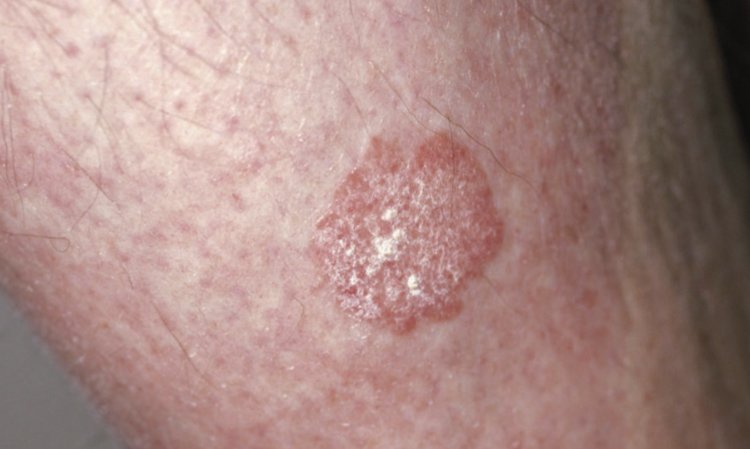Mole identification can be confusing
The topic of moles and what they should and shouldn’t look like comes up a lot. Mole identification can be confusing to the untrained eye. It becomes even more confusing when you consider a …
This item is available in full to subscribers.
Please log in to continue |
Register to post eventsIf you'd like to post an event to our calendar, you can create a free account by clicking here. Note that free accounts do not have access to our subscriber-only content. |
Day pass subscribers
Are you a day pass subscriber who needs to log in? Click here to continue.
Mole identification can be confusing
The topic of moles and what they should and shouldn’t look like comes up a lot. Mole identification can be confusing to the untrained eye. It becomes even more confusing when you consider a well-known mole-imposter called seborrheic keratosis (SK). SKs are sometimes crudely referred to as barnacles, crusty things, or senile warts.
Despite their deceiving reputation, SKs are extremely common. Concerned patients visit me daily with SKs. The good news is, they are benign. While SKs are typically harmless, the skin near them could turn cancerous. They are not to be ignored, especially in groups, but individual SK lesions themselves are nothing to worry about.
So, what are these things? They are waxy looking growths with well-defied borders. Color may range in color from pink to tan to brown. Sometimes SKs are at, other times they are bumpy and raised. Depending on where an SK is locat- ed, it could even look like a skin tag. Typically, I don’t see them on palms, soles or in the mouth.
Seborrheic keratoses usually shows up as tan or brown, waxy, bumpy growths. If they have been scratched or irritated, they can become red, itchy or painful, and possibly bloody.
SK is often inherited. Look at the skin of your parents or grandparents to know if you are a likely candidate to have SK. As we get older, SKs tend to appear more often. And they aren’t cute. Luckily, they can be removed.
For thin SKs, removal is as easy as freezing them with a very cold spray or even a chemical peel. Thicker SKs can be scraped, lasered or even cut off. There is also a new topical medication out on the market for removing SKs, however, it is still quite pricey. Removal can often be performed without consequence, but a residual pink spot or scar is also possible.
Seborrheic keratoses is truly an imposter. It can look like many unfavorable lesions. Sometimes it may be very hard to tell the difference between SK and something harmful, so as with any new or changing skin lesion, it should be evaluated by a dermatology health care provider.
Meighan Dingle Blanco, FNP-BC is a nurse practitioner with South County Dermatology.






